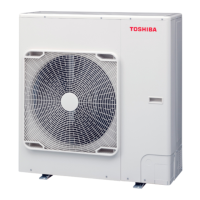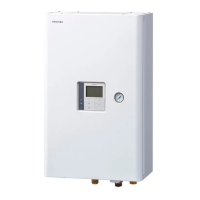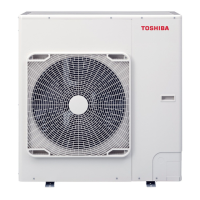What to do if I see residue or metal dust in my Toshiba HWT-801H8W-E?
- BBonnie RosalesAug 7, 2025
If you observe discolored oil, a large quantity of residue, shiny metal dust, or other wear residue or mixture of foreign matter, the existing pipes should not be reused as they are.





